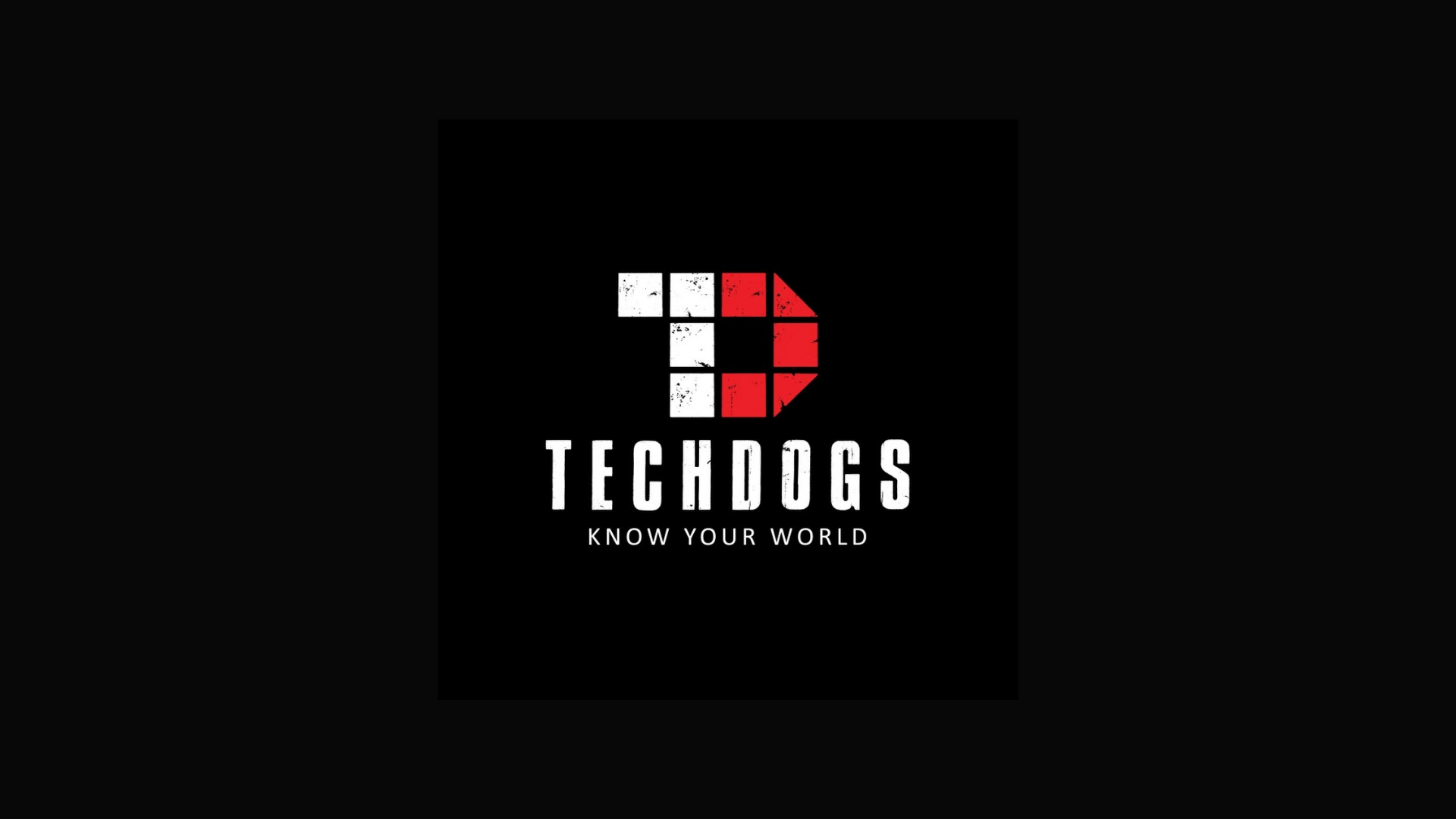The AI world moves fast. Just as we all start to wrap our heads around generative AI (GenAI) and realise its true benefits, a new term is lighting up headlines and investor decks: agentic AI.
Agentic AI promises autonomous systems that can pursue goals, make decisions and take actions on their own. It sounds like the next natural evolution in artificial intelligence, right? But is it truly a groundbreaking shift, or just another buzzword riding the AI hype wave?
What is Agentic AI?
At its core, agentic AI refers to AI systems that can independently pursue objectives, make decisions, and interact with their environment to achieve a goal. Unlike tools like ChatGPT or image generators that respond to human prompts, agentic AI systems can initiate actions, plan multi-step processes, and adapt to feedback. It operates more like digital employees or virtual operators.
Recent examples include experimental systems like AutoGPT or Devin, which can autonomously browse the web, write code and complete complex tasks by connecting different tools and services. These agents often rely on underlying large language models (LLMs) but layer on autonomy and decision-making capabilities.
Agentic AI vs. Generative AI
While the two terms often get mixed up, they serve different roles. At a very basic level, we can make one key distinction: GenAI creates, and agentic AI acts. Or another way we can see it is that GenAI is reactive, needing a prompt, whereas agentic AI is proactive, not needing human input or a prompt to act.
GenAI creates content (text, images, audio or video) based on patterns in data. And fundamentally, it requires a human prompt in order to create. The quality of the output is heavily dependent on both the clarity and quality of the prompt and the data the underlying model was trained on. Poor inputs typically lead to poor results.
While traditional GenAI responds to prompts, agentic AI can autonomously decide on actions or generate prompts itself. It doesn’t just generate content when asked, but takes actions toward goals, often autonomously. An agent could even plan a marketing campaign, execute outreach emails or monitor financial trends and adjust investments.
Here is a quick and easy guide to the key differences between GenAI and agentic AI:
| Generative AI | Agentic AI |
| Creates content: text, images, code, video | Pursues goals and takes actions |
| Needs a human prompt to act | Can act autonomously within a defined goal or objective |
| Primarily reactive | Proactive and decision-making |
| Focused on generating outputs | Focused on achieving outcomes |
| Single, one-off interactions | Multi-step, ongoing processes |
| No awareness of goals or context beyond the prompt | Maintains objectives and adapts to feedback |
| Low autonomy | Medium to high autonomy depending on system complexity |
| Built on models like GPT, DALL·E | Often uses generative models within a larger decision-making framework |
Why is there so much hype right now?
A mix of rapid prototyping, viral demos and startup momentum has fueled agentic AI’s sudden rise. Social media has showcased AI agents launching businesses, applying for jobs and managing digital tasks with minimal human oversight. Investors have taken notice, with funding pouring into companies promising autonomous AI workers and productivity agents. In fact, data from Crunchbase shows that $100 billion of venture capital went to AI-related startups last year, an 80% increase from 2023.
At the same time, we’ve seen broader AI optimism and enthusiasm following the success of tools like ChatGPT and MidJourney.
It’s easy to see why “agentic AI” has become the latest exciting topic of conversation circles.
Reality check: where are we now?
Agentic AI is still in its early stages, but real progress is happening fast. Beyond proof-of-concept tools like AutoGPT and Devin, early use cases are emerging across industries.
In fintech and eCommerce, Agentic AI is being used to make loyalty programs smarter and more personalised, autonomously tailoring offers and rewards to individual customers based on their behavior and preferences, and even handling tokenized transactions without human intervention.
Meanwhile in HR tech, agentic systems are starting to transform leadership and talent management by autonomously analysing team dynamics, suggesting leadership actions, and optimizing team workflows. This reduces the administrative burden on managers and improves employee engagement.
While these systems aren’t flawless, they’re proving what’s possible and hinting at how agentic AI might fundamentally reshape business operations.
Just hype or the next transformative wave of AI?
Agentic AI is undeniably an exciting concept with real potential. Autonomous systems that can handle complex, multi-step processes could reshape industries.
But right now, much of what’s being promised remains speculative. Like earlier waves of AI hype, agentic AI may overpromise in the short term. Even so, it could lay the groundwork for lasting innovations in how we design and interact with intelligent systems.
Agentic AI is shaping up to be a transformative force for technology businesses, and beyond. It has immense potential to redefine industries and workflows, and it’s a space well worth keeping an eye on as it evolves.
The bottom line: agentic AI isn’t just hype. It’s starting to deliver tangible benefits across industries, and the pace of innovation is only picking up.
Agentic AI in the media
As with any emerging technology, agentic AI has quickly found itself under the spotlight in tech media and analyst circles — and the sentiment is clear: this is more than just another passing trend.
Leslie Joseph, Principal Analyst at Forrester, frames agentic AI as a pivotal shift, noting:
“Agentic AI isn’t just another technological evolution. Organisations must rethink their operating models, invest in resilient AI foundations, and rally teams and workforces around a shared vision. The time to act is now – companies that wait risk obsolescence.”
This sense of urgency is echoed by Kiran Raj, Head of Disruptive Tech at GlobalData, who, speaking to Computer Weekly, highlighted the tech’s versatility:“[Agentic AI’s] ability to adapt in real time positions it as a cornerstone of digital transformation, particularly in sectors demanding dynamic decision-making.”
Others are also placing long-term bets on agentic AI’s enterprise potential. In a recent Campus Technology piece, Gartner predicted a sharp rise in adoption: “Today’s AI models perform tasks such as generating text, but these are ‘prompted’ — the AI isn’t acting by itself. That is about to change with agentic AI, or AI with agency. By 2028, 33% of enterprise software applications will include agentic AI, up from less than 1% in 2024, enabling 15% of day-to-day work decisions to be made autonomously.”
Reinforcing that message, Forrester Research, summarised by Computer Weekly, pointed out the competitive edge awaiting early movers: “Agentic AI is rising and will reforge businesses that embrace it… Early adopters that align their investments with business goals will unlock growth, efficiency, and entirely new revenue streams.”
The overall consensus is that agentic AI isn’t just another buzzword littered throughout investor pitch decks. It’s a technology set to reshape how organisations operate, compete and innovate, and the businesses paying attention now are the ones best positioned to lead.















